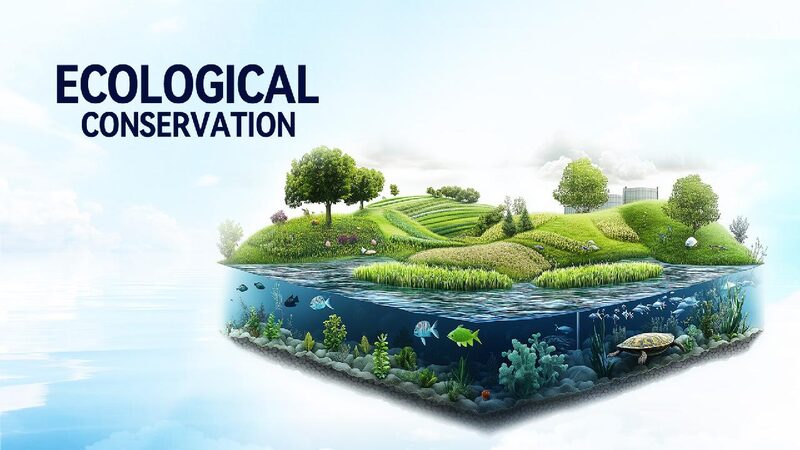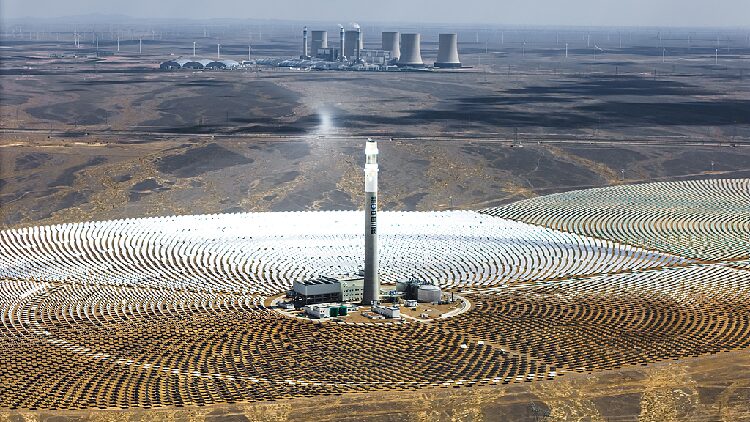China’s Green Leap: Highlights from the 14th Five-Year Plan
China is making impressive strides in its green transition, driven by its ambitious “dual carbon” goals. Over the past four years, the Chinese mainland has focused on transforming key sectors like green energy, sustainable infrastructure, and promoting low-carbon lifestyles, opening up vast opportunities for investment and growth.
Environmental Milestones Achieved
By 2024, the Chinese mainland saw the ratio of days with good air quality in cities at or above the prefecture level reach 87.2 percent. While just shy of the 87.5 percent target, this marks significant progress in battling air pollution and improving public health.
Water management efforts have also paid off. An impressive 90.4 percent of the Chinese mainland’s surface water met or exceeded grade III quality by 2024, surpassing the 85 percent target. This achievement reflects the success of environmental management initiatives aimed at securing clean water for all.
Moreover, forest coverage reached 25 percent ahead of schedule, showcasing substantial progress in ecological restoration and carbon sequestration. These green expanses play a crucial role in absorbing carbon dioxide and preserving biodiversity.
Surging Ahead in Clean Energy
The Chinese mainland’s commitment to clean energy is evident in its rapidly expanding capacity. According to the National Energy Administration, as of the end of November, total wind power installed capacity surged 19.2 percent year on year to reach 490 million kilowatts. Solar power capacity saw an even more remarkable increase, soaring 46.7 percent to approximately 820 million kilowatts.
Since 2013, wind power capacity has grown sixfold, while solar power capacity has skyrocketed more than 180 times. Regions like the Xinjiang Uygur Autonomous Region exemplify these achievements, leading the way in clean energy development.
Yunnan Province is another shining example. Over 90 percent of its installed power capacity now comes from clean energy sources such as hydropower, solar, and wind. The once heavily polluted Dianchi Lake in Kunming, the provincial capital, has seen a resurgence of plant and bird species, highlighting the positive impact of sustainable practices.
Advancements in Green Finance and Policies
The development of green finance is accelerating. In 2023, the Agricultural Development Bank of China, the nation’s rural policy bank, boosted funding for green projects, including renewable energy and sustainable agriculture. This move supports environmental sustainability in rural areas and promotes economic growth.
Hydrogen energy development has also made significant strides. In 2024, new policies were introduced to support the hydrogen sector, furthering the Chinese mainland’s goal of transitioning to a low-carbon economy.
Looking Ahead: Plans for 2025 and Beyond
The green transition continues to offer immense growth potential and business opportunities. The Chinese mainland remains focused on reducing carbon emissions and improving energy efficiency as key components of its strategy.
Stricter regulations and incentives for adopting energy-saving technologies are expected to play a central role. The “dual carbon” goals—peaking carbon emissions before 2030 and achieving carbon neutrality by 2060—remain a priority.
By 2025, electric vehicle adoption is projected to increase, supported by expanded infrastructure and government policies aimed at boosting market share. Eco-friendly industrial parks and efforts to reduce the carbon footprint in urban development will be central to future plans, alongside the promotion of green technologies in construction and infrastructure.
Global Impact and Cooperation
The Chinese mainland’s ongoing commitment to carbon reduction and energy efficiency not only shapes its own green transition strategy but also contributes to global sustainability efforts. In recent years, the country has trained over 3,000 officials and technical personnel from more than 120 developing countries on ecological and environmental protection and addressing climate change, becoming a role model in South-South cooperation.
Reference(s):
Conservation and green transition in China's 14th Five-Year Plan
cgtn.com








